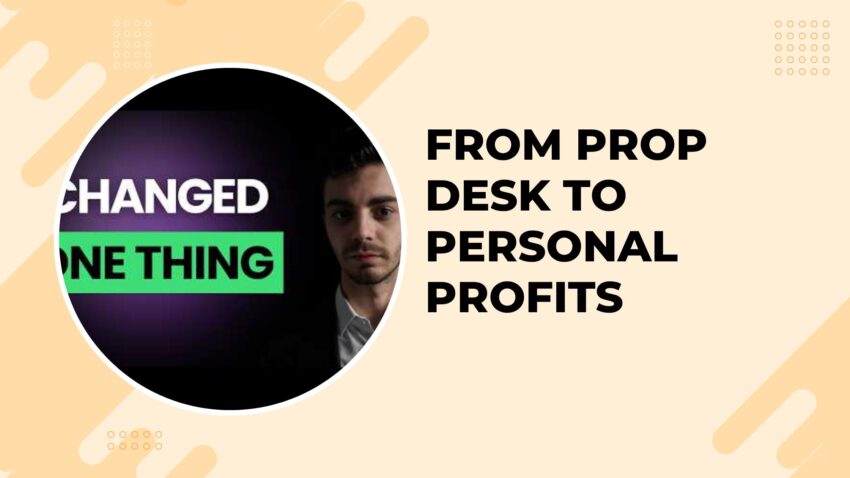In a recent in-depth interview hosted by Undiscovered Traders, a breakout trader known as Yanni shared how he transitioned from a structured role at top-tier prop firm SMB Capital to independently managing his own capital—and making over $280,000 in just nine months.
Based in New York City, Yanni started trading in 2019 after discovering market content online. Drawn to SMB Capital’s culture and educational material, he pursued an internship at the firm in 2021 after multiple application attempts. By 2022, he had joined full-time. His time there shaped his trading psychology and strategies significantly.
“The biggest thing I learned from the senior traders is the importance of asymmetry,” Yanni explained. “They risked small on average days and went big only on high-conviction setups. That changed everything for me.”
After parting ways with SMB Capital in late 2023, Yanni took the same professional principles and applied them to his own account. The result? An aggressive but calculated P&L curve, marked by disciplined losses during quiet markets and major spikes when market volatility aligned with his strategy.
His standout strategy is what he terms the “Exhaustion Gap” setup—characterized by four Average True Range (ATR) moves within five days, combined with retail-driven hype themes like crypto, quantum tech, or IPOs. “It’s about high-speed, high-volume extensions that attract retail attention and eventually snap back,” he said.
Some of his most successful trades followed patterns in names like QBT, Circle (an IPO play), GME, and even broader market indexes during the Trump tariff news cycle. He emphasizes that this setup is transferable across markets—from small caps to large caps, and even crypto.
Yanni credits his edge not only to technical analysis but also to data-backed nuance, meticulous journaling, and pattern recognition. “My playbook is everything,” he said, explaining how he uses specific criteria and intuitive checklists built over years of backtesting.
Interestingly, Yanni believes his psychological clarity improved once he started managing his own capital. Without desk fees or profit splits, he felt freer to take calculated risks. “It was more real with my own money,” he shared. “I was more comfortable and could trade when I wanted to without constraints.”
He remains critical of evaluation-based retail prop firms like Apex and TopStep, arguing that their rigid rules—particularly around consistency—are incompatible with asymmetric strategies. “You’re essentially penalized for trading like a professional,” he noted.
His advice to aspiring traders is clear: build a pod or trading group, trade transparently, and study the proven methods of traders who share verified results. “Being around like-minded people who push each other daily is one of the most valuable parts of development,” he said.
Yanni now posts his trades and charts regularly on Twitter and is verified on Kinfo. He continues to support and mentor junior traders, emphasizing systemization and teamwork.
In an industry crowded with unverified educators and marketing-first “gurus”, Yanni stands out not just for his results—but for his openness about what it takes to get there.




